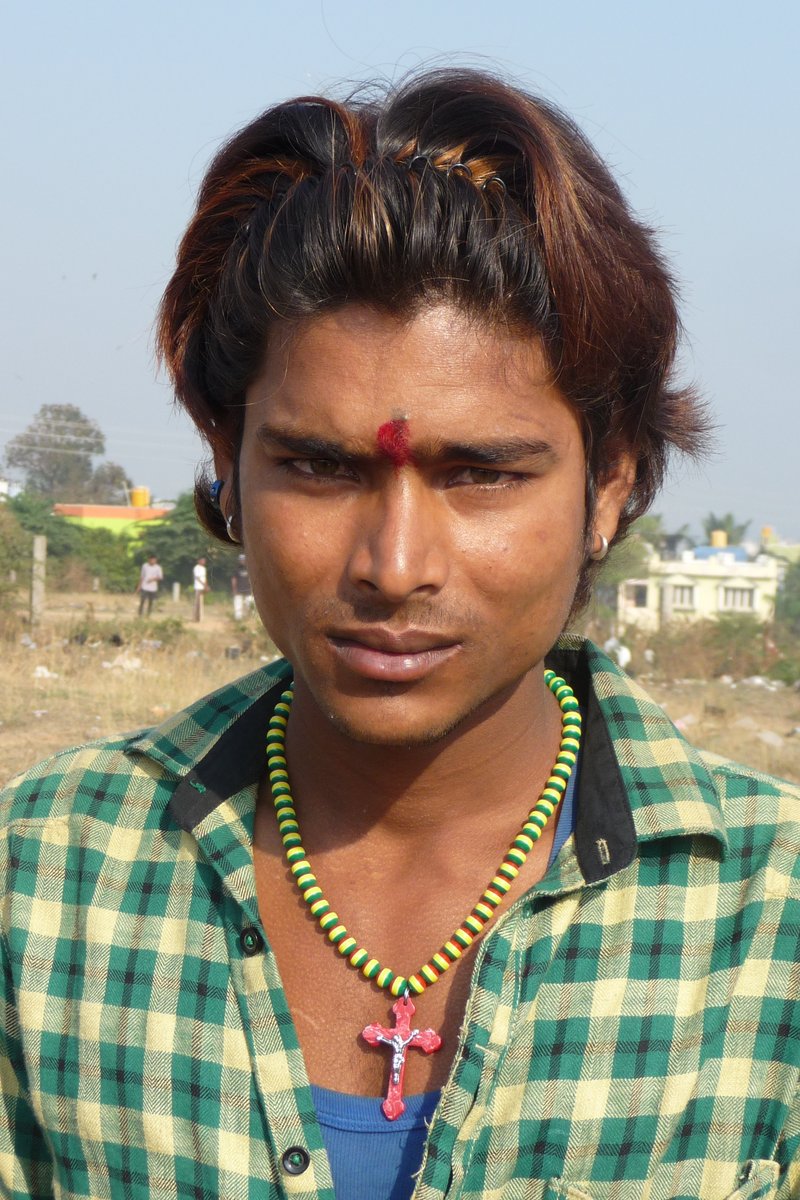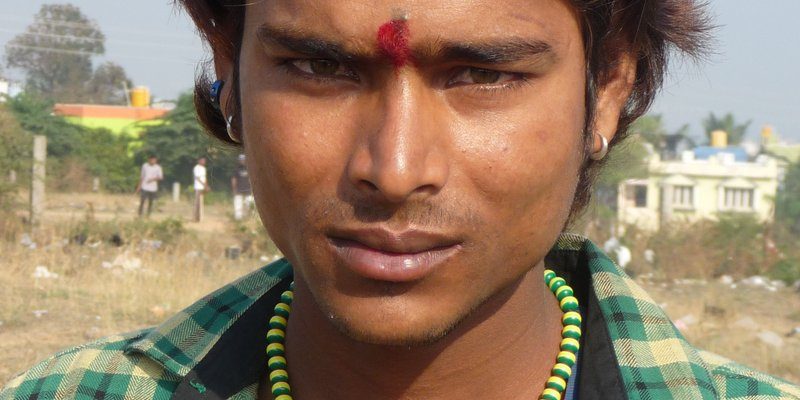
So how exactly do these magnificent creatures raise their young? In the wilds of India and Nepal, Indian rhinoceroses use a combination of instinct, intuition, and natural habitat to nurture their calves. Let’s dive into their parenting style and explore the fascinating ways they raise their young in the wild.
The Role of the Mother Rhino
The female Indian rhinoceros plays the primary role when it comes to raising her young. After a gestation period of about 15 to 16 months, a single calf is born. This lengthy wait might seem challenging, but it allows the baby to develop properly, which is crucial for survival. Once the calf arrives, the mother instinctively becomes protective, guarding her young from potential threats like predators or rival rhinos.
Here’s the thing: this bond between mother and calf is not just a one-off deal. The mother rhino will often nurse her calf for up to three years, providing essential nutrients and teaching her young how to eat various grasses, fruits, and leaves. Unlike many animals that abandon their young, the Indian rhino forms a close relationship with her calf, and this bond lasts much longer than just the nursing phase.
Calf’s Early Days
During the first few weeks of life, the calf is almost entirely dependent on its mother. As a newborn, the calf weighs around 55 to 100 pounds! In those early days, the mother keeps her from wandering too far and teaches her to recognize their home range. You might think of the mother’s role as that of a guide through a vast, unfamiliar city, helping her little one learn the best spots for food, shade, and safety.
While out and about, those early lessons are crucial. The calf learns to identify other animals, understand social cues, and navigate potential dangers. These lessons shape its future, preparing it for adult life. And if the mother feels threatened, she won’t hesitate to charge at a predator, showcasing her fierce protective instincts.
Teaching Survival Skills
As the calf grows, the mother rhino gradually teaches it essential survival skills, much like a parent teaching a child to ride a bike. Around six months old, the calf starts nibbling on grass and leaves, but it still relies on its mom for milk. This transition is vital, as it helps the young rhino develop the strength needed to thrive in its natural habitat.
To facilitate this learning, the mother will engage her calf in what could be described as “playtime.” This includes gentle sparring or running, helping the calf build muscles and coordination. You might even catch them splashing in muddy water pools, which isn’t just playful – mud baths help protect their skin from sunburn and parasites!
In the wild, social interactions play a big part in a young rhino’s development. When the calf meets other rhinos, it learns how to communicate and navigate social dynamics. Understanding these interactions is key, especially when they grow older and enter the complex world of adult rhino relationships.
Independence and Weaning
The weaning phase usually starts around 2 to 3 years of age, a significant milestone for both rhino and calf. As independence approaches, the mother begins to encourage her young one to forage alone. Picture the wise parent nudging their kid to start doing things independently – it’s all about preparing them for the real world.
While independence sounds exciting, it can also be a bit daunting for the calf. It’s still tied to its mother, often staying close for reassurance during this transition. During this time, the mother also monitors her young one closely, ensuring it’s learning effectively and safely.
Eventually, the calf will venture farther on its own while still returning to its mother for guidance. This blend of nurturing and independence is key, allowing the young rhino to become self-sufficient without completely severing ties with its protective parent.
Social Structure in Rhino Communities
It’s worth noting that Indian rhinoceroses are generally solitary animals, but they do have social structures. When raising their young, mothers may interact with other female rhinos and their calves, creating a communal learning environment. This social network provides additional safety and learning experiences for the calves.
You might be wondering how this social interaction works. Well, while the adult males tend to roam alone, females may gather in small groups with their young. These gatherings can be beneficial for mutual protection, as well as sharing foraging spots. It’s a bit like a neighborhood block party, where everyone looks out for one another, albeit with less conversation and more snorting!
Challenges in the Wild
Despite their strong maternal instincts, raising a calf isn’t without challenges. The Indian rhinoceros faces threats from poaching, habitat loss, and conflicts with humans. As the population of these majestic creatures dwindles, the struggle to ensure the next generation thrives becomes even more critical.
Mothers have to be hyper-aware of their surroundings, always on the lookout for danger. In this environment, the mother’s protective role becomes even more pronounced. The emotional toll of defending against predators and human encroachment cannot be understated; the instinct to protect her calf drives every decision she makes.
To help combat these challenges, conservation efforts are ongoing. Organizations work tirelessly to protect habitats and create awareness about the plight of the Indian rhinoceros, ensuring a safer path for future generations.
Raising young in the wild is a demanding yet beautiful journey for Indian rhinoceroses. The bond between mother and calf is both tender and strong, filled with lessons of survival and a deep connection that shapes the next generation. By observing the nurturing methods of these creatures, we gain insight into the complexities of parenting in the animal kingdom.
Honestly, the story of the Indian rhinoceros is a reminder of the delicate balance of nature. Each calf that grows up strong and independent adds to the resilience of their species. So, as we cherish and protect these magnificent animals, let’s celebrate their incredible journey as parents, nurturing the wild one step at a time.

